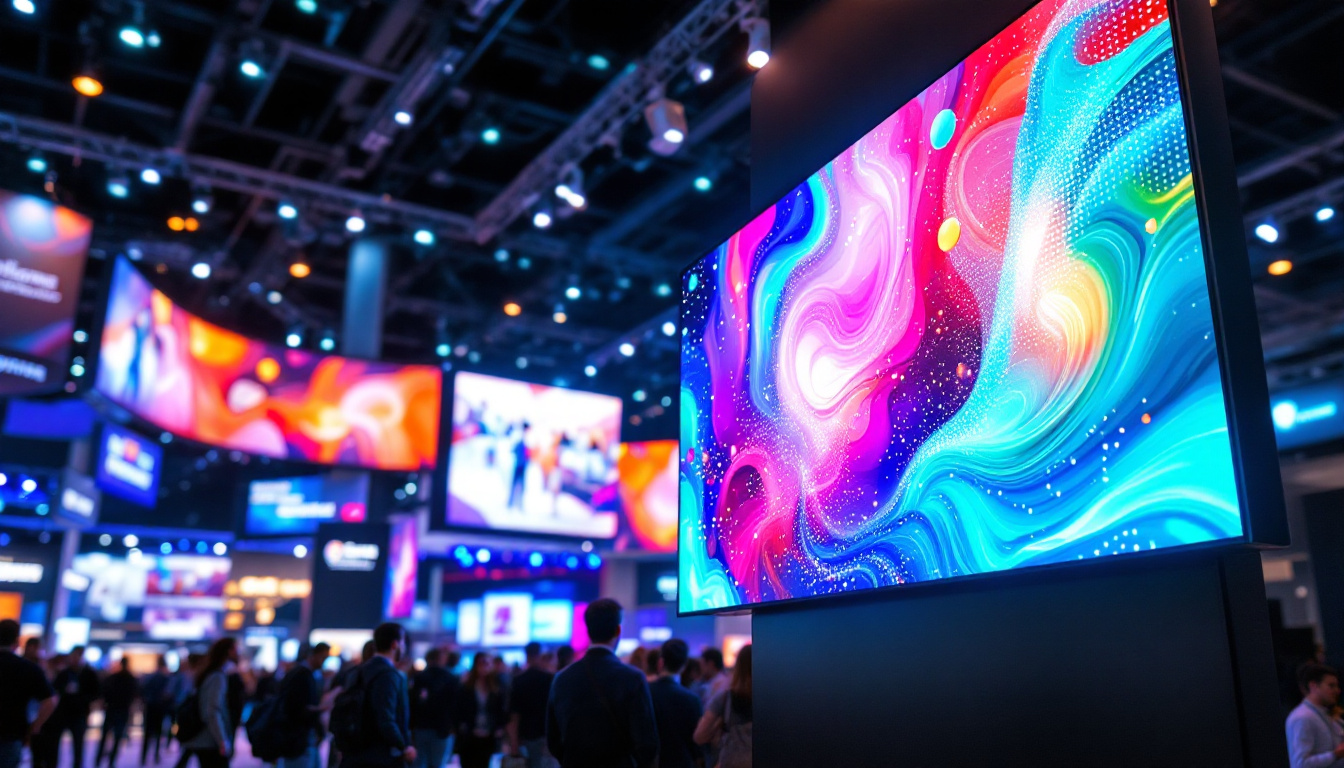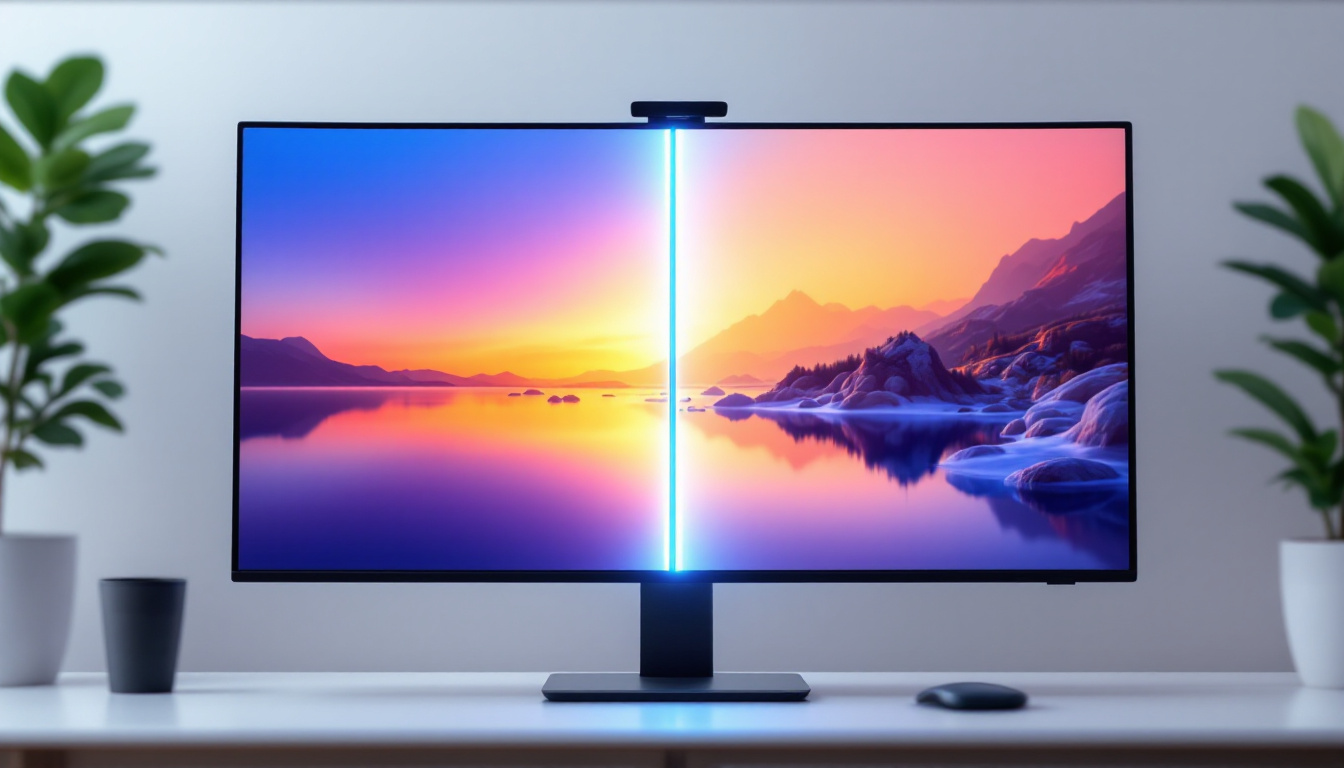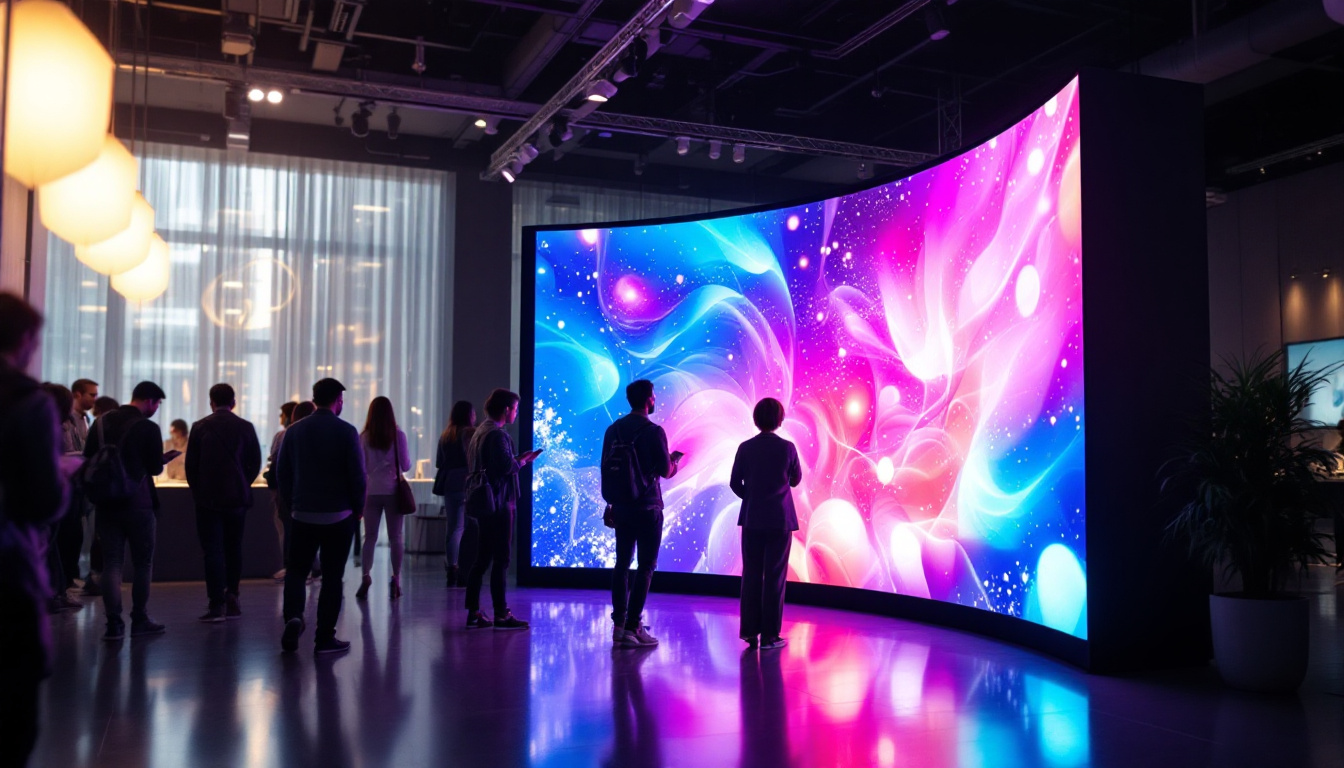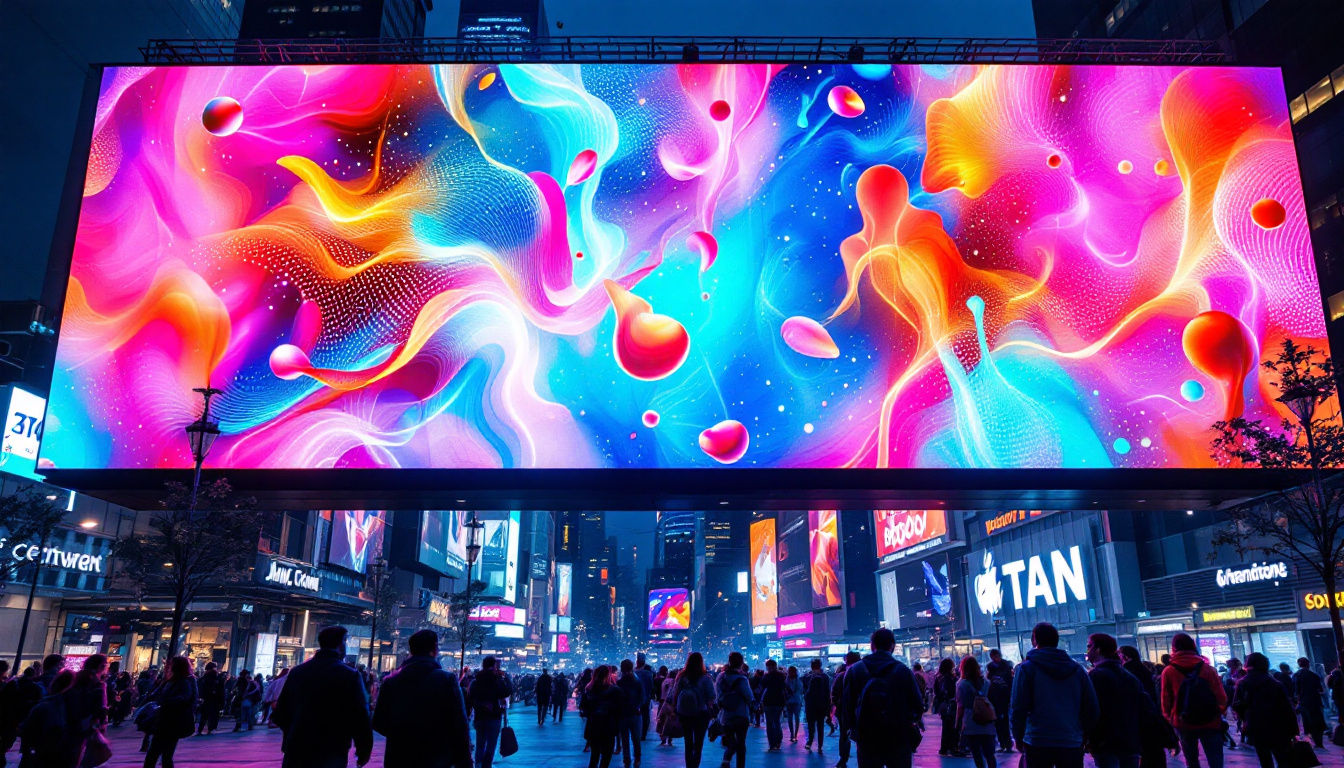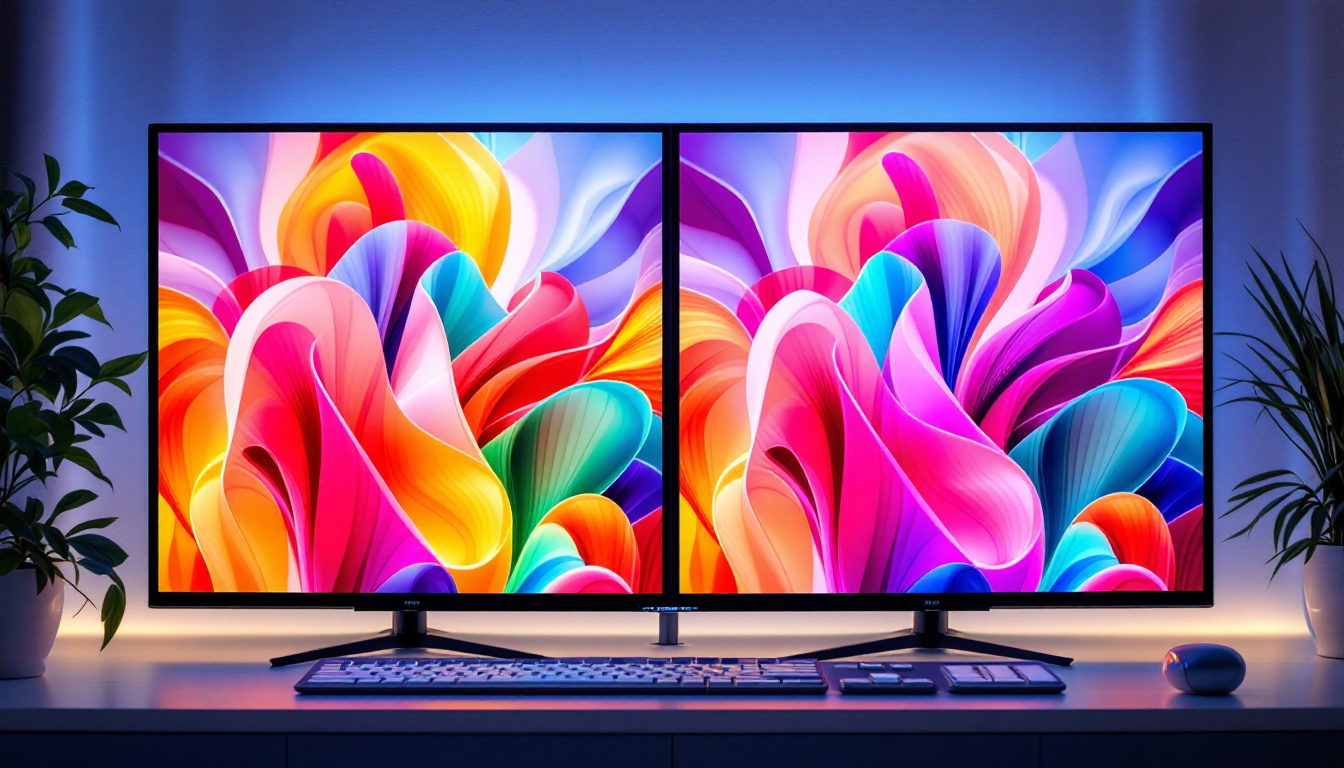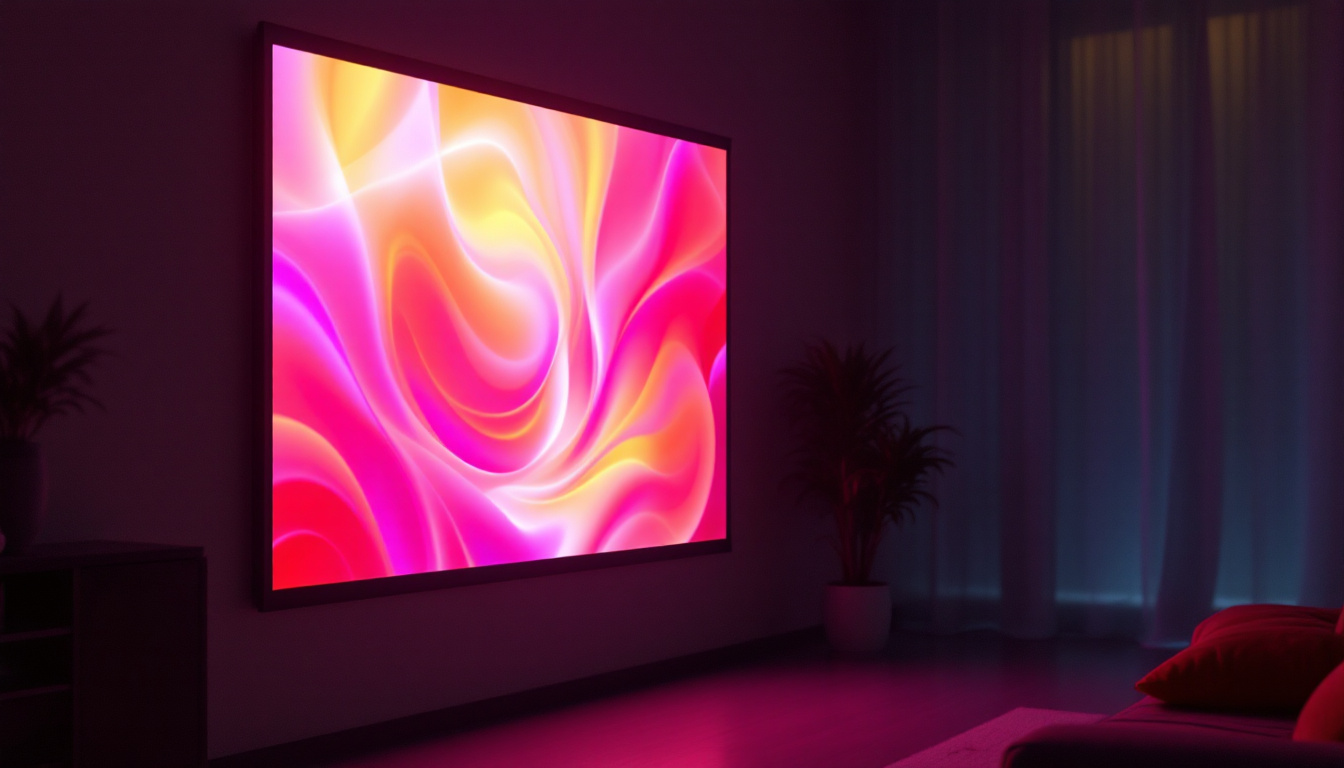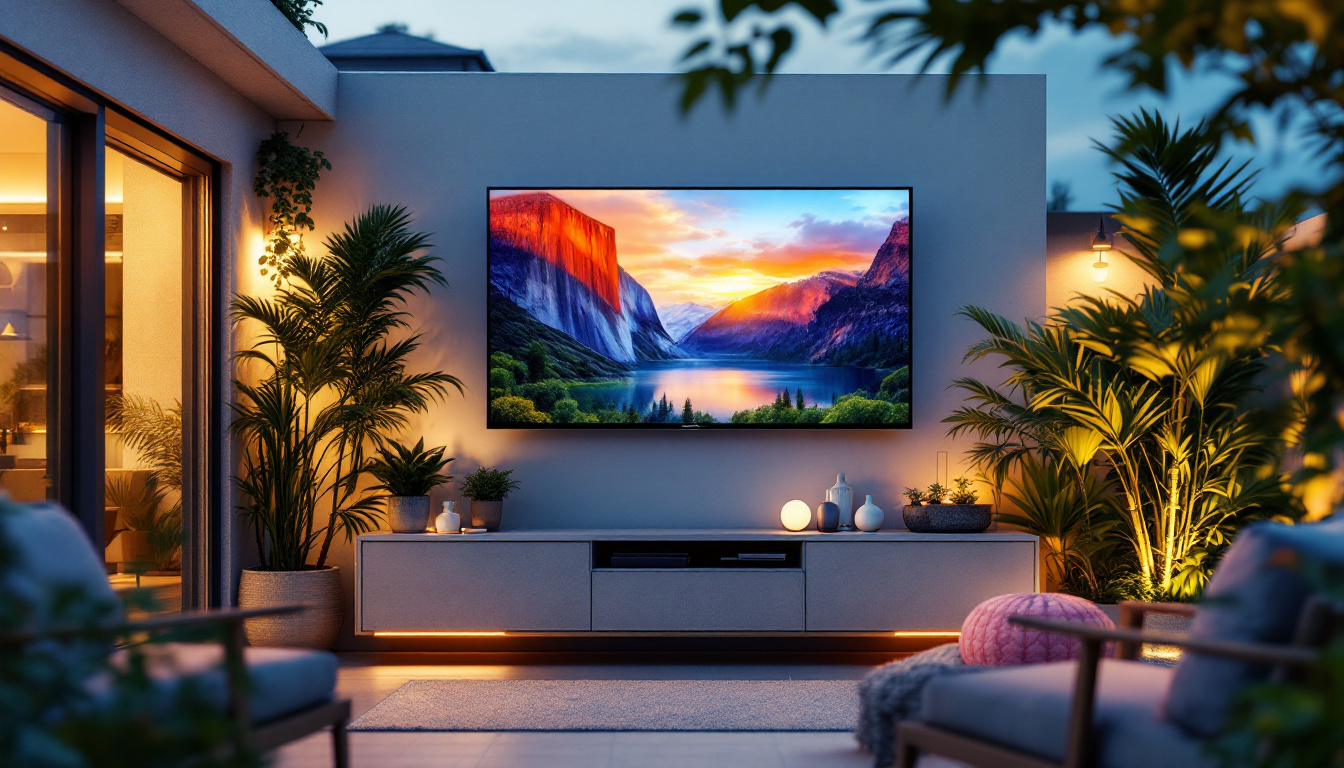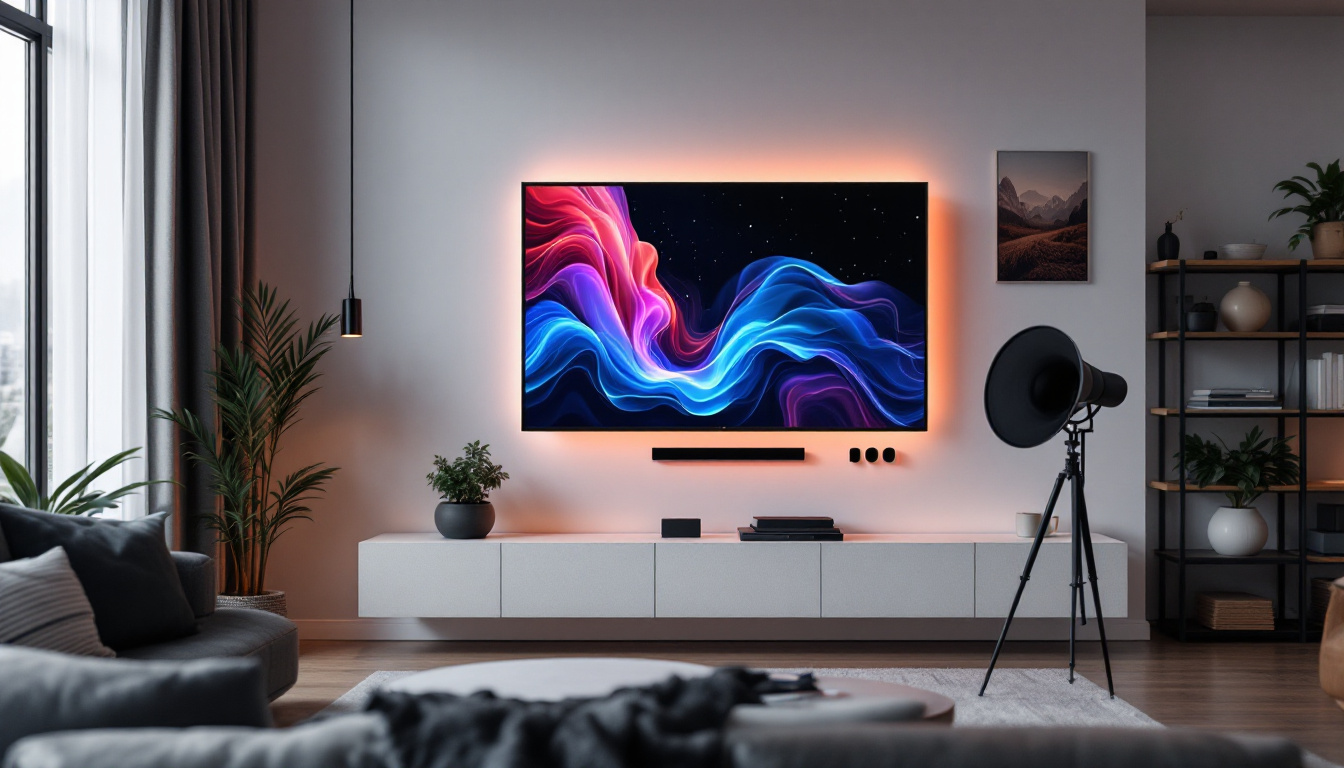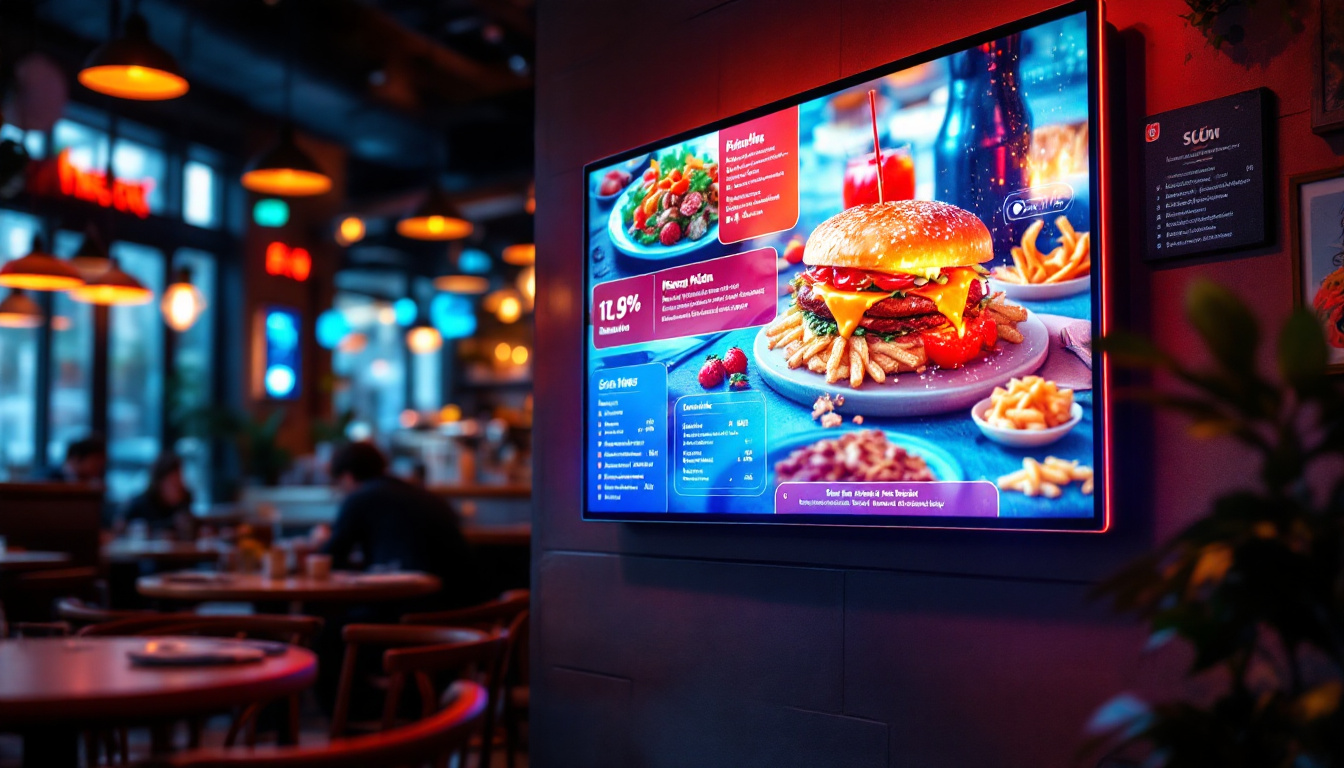What Is An LCD Display: LED Display Explained
In today’s digital age, displays are an integral part of our daily lives. From smartphones to televisions, the technology behind these screens is crucial for delivering clear and vibrant visuals. Among the various types of displays available, LCD (Liquid Crystal Display) and LED (Light Emitting Diode) displays are two of the most commonly used. This article aims to explore the intricacies of LCD displays, delve into the LED technology that complements them, and clarify the distinctions between the two.
Understanding LCD Technology
LCD technology has revolutionized the way we view images and videos. It employs liquid crystals sandwiched between two layers of glass or plastic. These crystals manipulate light to create images, making LCDs a popular choice for a wide range of applications, from computer monitors to televisions.
How LCD Works
At its core, an LCD display works by using liquid crystals that respond to electric currents. When an electric current passes through the liquid crystals, they align in such a way that they either block or allow light to pass through. This manipulation of light creates the images we see on the screen.
Typically, an LCD screen requires a backlight to illuminate the display since the liquid crystals themselves do not emit light. This backlight can come from various sources, including fluorescent tubes or LEDs. The combination of these elements allows for the creation of vibrant colors and sharp images. Moreover, advancements in backlighting technology, such as the introduction of edge-lit and full-array local dimming, have significantly enhanced the contrast and brightness levels of modern LCD displays, making them even more appealing for both casual viewers and professional users alike.
Types of LCD Displays
There are several types of LCD displays, each with its own unique characteristics. The most common types include:
- Twisted Nematic (TN): Known for fast response times, TN displays are often used in gaming monitors. However, they tend to have poorer color reproduction and limited viewing angles.
- In-Plane Switching (IPS): IPS displays offer better color accuracy and wider viewing angles compared to TN panels. They are commonly found in smartphones and high-end monitors.
- Vertical Alignment (VA): VA panels provide deep blacks and high contrast ratios, making them suitable for watching movies. However, they may have slower response times than TN and IPS panels.
In addition to these standard types, there are also specialized LCD technologies such as Super LCD (SLCD) and Advanced Fringe Field Switching (AFFS), which aim to enhance performance in specific areas like outdoor visibility and color fidelity. These innovations reflect the ongoing evolution of LCD technology, catering to diverse user needs and preferences across various industries.
Advantages of LCD Displays
LCD displays come with several advantages that make them a preferred choice for many consumers:
- Energy Efficiency: LCDs consume less power than older technologies like CRTs, making them more environmentally friendly.
- Thin and Lightweight: The slim profile of LCDs allows for easy mounting and portability, which is particularly beneficial for mobile devices.
- Reduced Eye Strain: Many LCDs come with features that reduce flicker and blue light emission, contributing to a more comfortable viewing experience.
Furthermore, the durability of LCD screens is another notable advantage. Unlike older display technologies, LCDs are less prone to screen burn-in, which is a common issue with plasma displays. This resilience, combined with their ability to maintain image quality over time, makes LCDs a reliable choice for both personal and professional use. Additionally, as manufacturers continue to innovate, we can expect to see even more enhancements in terms of refresh rates and adaptive sync technologies, further solidifying LCDs’ position in the market.
Exploring LED Technology
LED technology is often mentioned in conjunction with LCDs, leading to some confusion about the differences between the two. While LCD refers to the display technology itself, LED refers to the type of backlighting used in some LCD screens. This distinction is crucial for understanding how modern displays work and the advantages they offer over older technologies.
What is an LED Display?
An LED display uses light-emitting diodes as a source of illumination. In the context of LCDs, this means that the backlight is provided by LEDs rather than traditional fluorescent tubes. This shift has brought about several improvements in display quality, including enhanced brightness and energy efficiency. Additionally, LED displays can achieve deeper blacks and more vibrant colors, which significantly enhances the viewing experience, especially for movies and gaming.
Types of LED Backlighting
There are primarily two types of LED backlighting used in LCD displays:
- Edge-Lit LED: In this configuration, LEDs are placed around the edges of the screen. This design allows for thinner displays but can result in uneven lighting and less vibrant colors. Edge-lit displays are often more affordable and lightweight, making them popular for consumer electronics.
- Full-Array LED: Full-array backlighting uses a grid of LEDs behind the entire screen. This method provides better color accuracy, improved contrast ratios, and more uniform brightness across the display. Additionally, full-array LED displays often incorporate local dimming technology, which allows certain areas of the screen to dim or brighten independently, further enhancing the overall picture quality.
Benefits of LED Backlighting
The integration of LED backlighting into LCD technology has led to numerous benefits:
- Improved Brightness: LED backlights can produce brighter images, making them suitable for use in well-lit environments. This is particularly advantageous for users who enjoy watching television or playing video games in bright rooms.
- Better Color Accuracy: LED technology allows for a wider color gamut, enhancing the overall visual experience. This is especially important for professionals in fields such as graphic design and photography, where precise color representation is critical.
- Longer Lifespan: LEDs have a longer operational life compared to traditional backlighting methods, contributing to the longevity of the display. This durability not only reduces the need for frequent replacements but also minimizes electronic waste, making LED displays a more environmentally friendly choice.
Moreover, LED technology has paved the way for innovations such as OLED (Organic Light Emitting Diode) displays, which offer even greater contrast and color depth by eliminating the need for backlighting altogether. This advancement has sparked interest in various applications, from smartphones to large-scale television screens, showcasing the versatility and potential of LED technology. As manufacturers continue to refine and enhance LED displays, consumers can expect even more impressive visual experiences in the future.
Comparing LCD and LED Displays
While LCD and LED displays are often used interchangeably, understanding their differences is crucial for making informed purchasing decisions. Here, we will compare their key features, advantages, and disadvantages.
Image Quality
Image quality is one of the most significant factors to consider when comparing LCD and LED displays. Generally, LED-backlit LCDs offer superior image quality due to better brightness and color accuracy. Full-array LED displays, in particular, excel in producing deep blacks and vibrant colors, making them ideal for watching movies and playing video games.
Energy Consumption
Energy efficiency is another critical aspect. LED displays are typically more energy-efficient than traditional LCDs with fluorescent backlighting. This efficiency not only reduces electricity bills but also contributes to a smaller carbon footprint, making LED displays a more sustainable choice.
Cost Considerations
When it comes to cost, standard LCD displays tend to be less expensive than their LED counterparts. However, the price difference has been narrowing as technology advances. Consumers should weigh their budget against the benefits of LED technology, which may justify the higher price tag for those seeking enhanced performance.
Applications of LCD and LED Displays
Both LCD and LED displays find applications across various sectors, each serving unique purposes based on their characteristics.
Consumer Electronics
In the realm of consumer electronics, LCD and LED displays are ubiquitous. Smartphones, tablets, laptops, and televisions predominantly use these technologies. The choice between LCD and LED often depends on the desired display quality, size, and intended use.
Commercial Use
Businesses leverage LCD and LED displays for advertising, presentations, and information dissemination. digital signage, for example, frequently employs LED technology due to its brightness and visibility in various lighting conditions.
Medical and Industrial Applications
In medical and industrial settings, high-quality displays are essential for accurate data visualization. LCDs and LED displays are used in equipment such as ultrasound machines, diagnostic monitors, and control panels, where clarity and precision are paramount.
Future Trends in Display Technology
The world of display technology is ever-evolving, with advancements continually shaping the landscape. Several trends are emerging that may redefine how LCD and LED displays are utilized.
OLED Technology
Organic Light Emitting Diode (OLED) technology is gaining traction as a competitor to traditional LCD and LED displays. Unlike LCDs, OLEDs do not require a backlight, as each pixel emits its own light. This results in deeper blacks, higher contrast ratios, and more vibrant colors. As OLED technology becomes more affordable, it may become a preferred choice for high-end displays.
MicroLED Displays
MicroLED technology is another promising development. Similar to OLED, MicroLED displays consist of tiny individual LEDs that create images without the need for a backlight. This technology offers the potential for even greater brightness and color accuracy, along with improved energy efficiency.
Flexible and Transparent Displays
Flexible and transparent displays are also on the horizon, offering innovative possibilities for various applications. These technologies could lead to new design concepts in consumer electronics, automotive displays, and advertising, allowing for more immersive and interactive experiences.
Conclusion
In summary, LCD and LED displays play a crucial role in modern technology, each offering unique benefits and applications. Understanding the differences between these two types of displays can help consumers make informed decisions that best suit their needs. As technology continues to advance, the future of display technology promises even more exciting innovations that will enhance our viewing experiences.
Whether one opts for a traditional LCD or a more advanced LED-backlit display, the impact of these technologies on daily life is undeniable. As the demand for high-quality visuals grows, so too will the advancements in display technology, ensuring that users can enjoy vibrant and immersive experiences for years to come.
Discover Cutting-Edge LED Displays with LumenMatrix
Ready to elevate your visual experience with the latest in display technology? Look no further than LumenMatrix, a pioneer in LED display innovation. From captivating Indoor and Outdoor LED Wall Displays to dynamic Vehicle and Sports LED Displays, LumenMatrix offers a comprehensive range of solutions tailored to your needs. Immerse yourself in the world of LED Poster Displays, Floor LED Displays, Custom LED Displays, and the revolutionary All-in-One and Transparent LED Displays. Embrace the future of visual communication and transform how you engage with your audience. Check out LumenMatrix LED Display Solutions today and witness the power of advanced LED technology in action.



